Days 23, 24, and 25: Filling. Foiling. Failing?
First and foremost, thanks, readers, for your patience with me this week as I prepared for my first-quarter (“Module I”) final and practical exams, which were yesterday. If you’d forgive the lack of my usual diligence in posting regularly, and continue reading, I’d be ever so grateful. Picture it… Tuesday… New York City…
Those French. The really amusing thing about French pastry isn’t that they’ve thought of every imaginable combination of things; it’s more the fact that they have names for any and all imaginable variations of a product, distinct names, which don’t translate. This only adds to the esoteric nature that’s inherent to things French to begin with. Nowhere does their thinly veiled ploy to maintain the vastest repertoire of desserts and amuses bouches become more apparent than with cream puff pastry, or pâte à choux (pot-ah-shoe – please don’t say pot-AY or I may have to spank you).
Made by boiling water with butter and salt, stirring in flour, and then beating in eggs one by one, choux pastry is one of the more versatile ingredients in the baker’s kitchen. It’s piped onto sheets and when baked, it puffs right up, and the center (ideally) becomes a hollow. A classic accompaniment to baked choux pastry is pastry cream, which is made by boiling milk and sugar, adding some form of starch, and then drizzling a bit of this hot liquid into some eggs while whisking. Several more eggs are then gingerly incorporated, and the whole mess is returned to the boil. (Yes, the boil. You can do that without making scrambled eggs here since the starch molecules insulate the proteins from one another and prevent them from coagulating… but that’s another blog.) Stir in a bit of vanilla for flavor, and butter for general goodness, and you’re ready to go.
What you can make by marrying these two ingredients is limited only to the shapes your mind can devise, but don’t worry: when you’ve found a unique shape or vehicle of presentation, just ask someone in the know and they’ll tell you what it’s called in French. If you fill small puffs with cream, they’re called petit choux. If you fill big ones with it, they’re called choux à la crème. Long ones, éclairs. Round ones, Paris-Brest. If you fill big ones with pastry cream and then a few mixed berries, they’re probably called boîte à bijoux (jewel box) or something (and if they’re not, that name is copyrighted, by me, just now). Dip them in caramel, fill them with cream, and make a giant cone out of them, like they used to do at French weddings, and you have the inimitable croquembouche. And when I say “doesn’t translate,” I’m referring to terms just like this one – the English word for croquembouche is simply croquembouche, since if you tried to translate the word it would boil down to something like “crustymouth.” I can’t imagine a wedding where that would go over well. (Although for all the caramel left on my face after I was done assembling mine, the French seem to have a point.) These confections are all rather simple – a bland shell filled with lightly flavored cream – but they do not disappoint, as the thirty or so of them which are currently floating in my stomach could tell you.
Choux pastry is where texture starts to assert itself as an enormously important aspect of dessert making. Given that the flavors involved can be somewhat plain (which is not to say at all unpleasant), texture steps forward and shares the spotlight for a moment. The coalescence of a light, crisp shell with velvet pastry cream is the truly addicting aspect of choux. When even as simple a textural experience as this can be so deeply satisfying, you begin to realize that you’ve only begun to explore the avenues of texture. And it only adds to the fun that, simply by virtue of physical laws, when you bite into a choux, you get pastry cream all over yourself.
The freezer saga continues. On Wednesday, I noted that the onetime broken freezer in our classroom was, and had been for some time, at around thirty degrees below zero Fahrenheit. The one next door, where we had put our ice creams and sorbets, to “firm up,” was at a balmy seventeen. I promptly moved my containers to the now arctic unit closer at hand, hoping to get their contents to solidify enough to survive my 42- to 62-minute commute. They well may, the only problem being that during their time in warmer climes, the actual brittle in the cashew brittle ice cream dissolved, and is now a puddle of caramel at the bottom (which maybe I can sell as cashew caramel ice cream), and the port wine reduction that so gorgeously marbled my tangerine sorbet is in a similar state (which, if I mix it together, I might be able to market as blood orange sorbet… maybe). All of this may be inconsequential in any case; I have my doubts as to the length of time the freezer in our classroom can maintain its Rochesterian chill.
So, finally, the exam. After days, nay, weeks, of suspense, it is finally over. Go ahead, ask me the necessary temperature of sugar syrup for use in a nougat recipe. Or to identify semolina, define nappage, or recalculate yield on a marshmallow recipe. I’m there. The written part, unsurprisingly, I wasn’t worried about – you’ve watched me write my own Cliffs Notes. No, the real test for me was the practical, which consisted of three parts: slicing an apple in a specific way in a perfectly uniform fashion (as for a French apple tart, etc.); crafting a soufflé that is properly and evenly risen, uniform in texture, and superlative in taste; and, finally, piping just one consistent border in chocolate (the pattern our choice), using that old favorite device of mine, the cornet. In a flashback to my music-major days of yore, a solid case of performance anxiety set in. So badly were my hands shaking after completing my soufflé, in fact, that the only thing I could to do relax sufficiently for the cornet work was three sinks full of dishes. (Please don’t tell anyone I’m actually capable of this; I have reputations to uphold.) Apparently, dishes and practice are the successful recipe for cornet work. Suffice it to say that I did better than I imagined I would.
And with that, our first module has drawn to a close. It’s sad, in a number of ways… our kindergarten time, that taking of the first step onto the mountaintop, which allowed us to get a real view of the world we’re in and see the horizons we hadn’t yet imagined, has drawn to a close. Also, Chef, as you know him so far from my various postings, will be leaving us. This is not uncommon at my school, but sad for all of us nonetheless. His sure guidance of us, and in particular his patience with us and all our bright-eyed questions, are not something we’ll likely encounter again, in school or after. But there are brighter sides, too. Now that we’ve had a survey of the surrounding land, we can take a step off that peak and actually begin our long march toward one of those points on the horizon. There’s a large forest still to cross, and we’ll encounter footpaths yet unimagined. But now we have a compass.
Not to mention, next week, we start BREAD! (And you thought I was writing before…)
Friday, January 19, 2007
Subscribe to:
Post Comments (Atom)



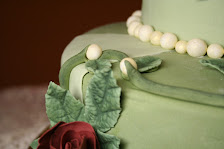

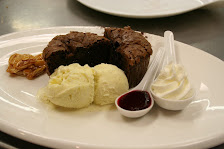
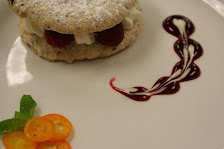
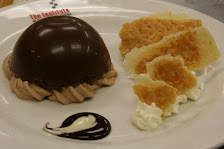
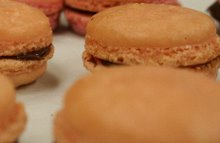
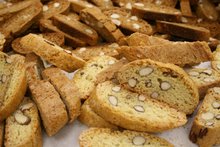
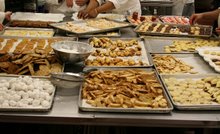



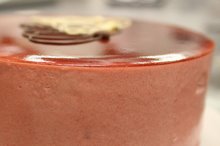



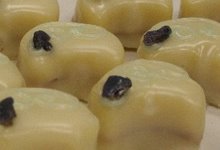
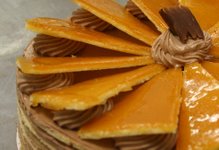



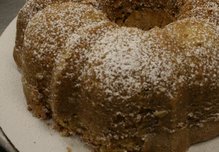
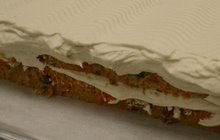


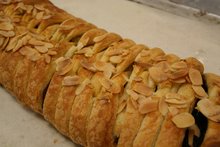






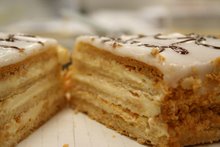
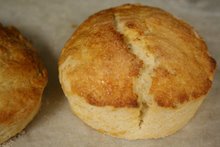


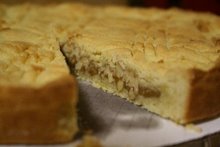












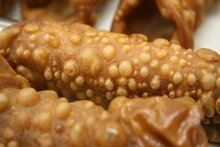


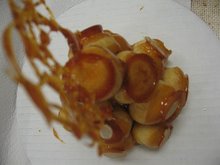
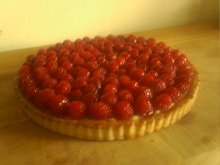


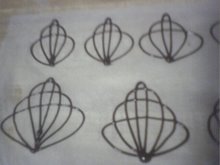


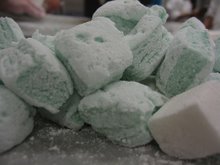

No comments:
Post a Comment